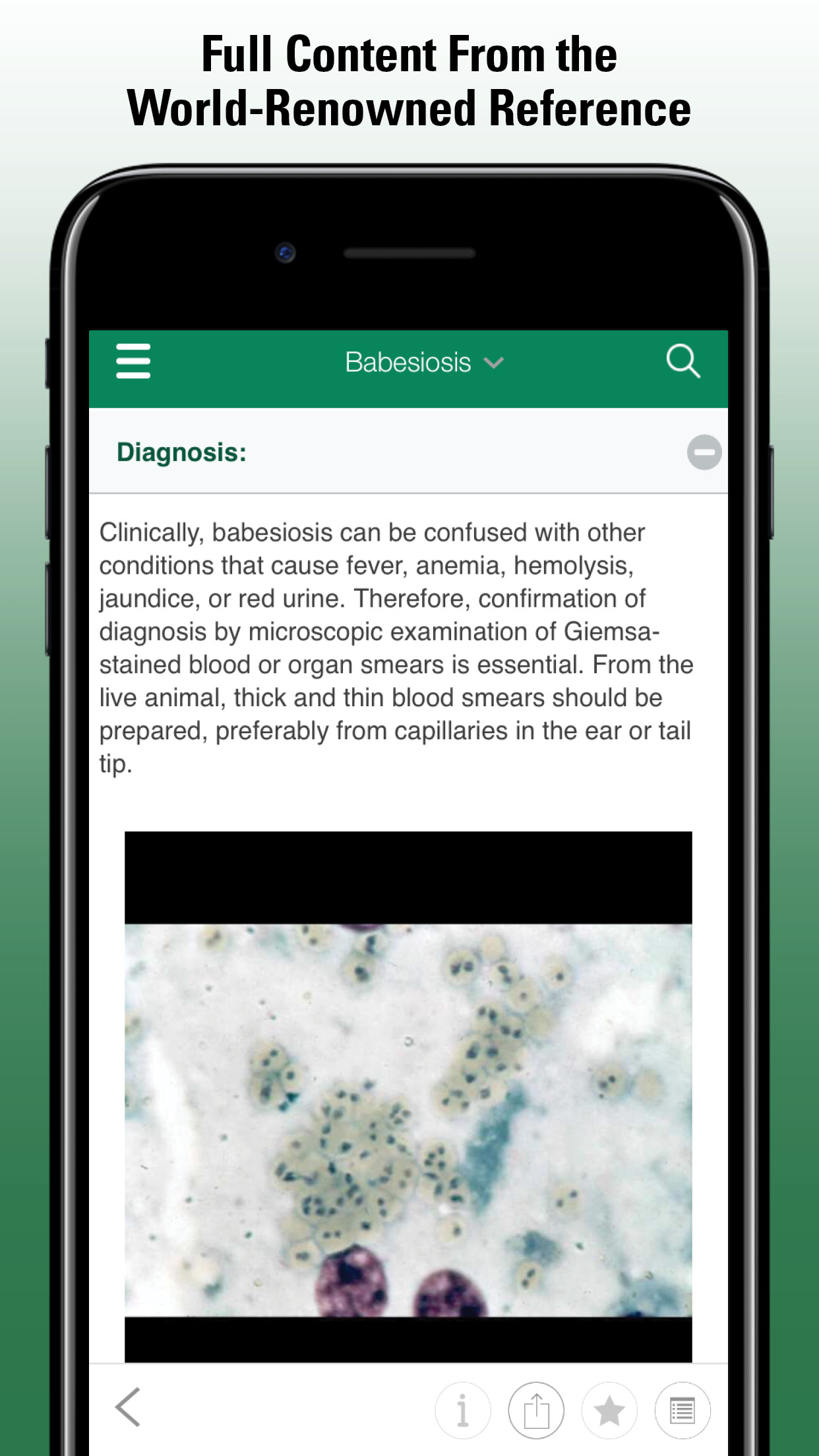Biliary Cirrhosis in Small Animals
- Hepatic Disease in Small Animals
- Overview of Hepatic Disease in Small Animals
- Hematology in Hepatic Disease in Small Animals
- Coagulation Tests in Hepatic Disease in Small Animals
- Enzyme Activity in Hepatic Disease in Small Animals
- Other Serum Biochemical Measures in Hepatic Disease in Small Animals
- Hepatic Function Tests in Small Animals
- Imaging in Hepatic Disease in Small Animals
- Cholecystocentesis in Hepatic Disease in Small Animals
- Liver Cytology in Small Animals
- Liver Biopsy in Small Animals
- Pathologic Changes in Bile in Small Animals
- Nutrition in Hepatic Disease in Small Animals
- Fulminant Hepatic Failure in Small Animals
- Hepatic Encephalopathy in Small Animals
- Portal Hypertension and Ascites in Small Animals
- Portosystemic Vascular Malformations in Small Animals
- Acquired Portosystemic Shunts in Small Animals
- Other Hepatic Vascular Disorders in Small Animals
- Hepatotoxins in Small Animals
- Infectious Diseases of the Liver in Small Animals
- Feline Hepatic Lipidosis
- Biliary Cirrhosis in Small Animals
- Canine Cholangiohepatitis
- Canine Chronic Hepatitis
- Lobular Dissecting Hepatitis in Small Animals
- Canine Vacuolar Hepatopathy
- Metabolic Diseases Affecting the Liver in Small Animals
- Hepatocutaneous Syndrome in Small Animals
- Nodular Hyperplasia in Small Animals
- Hepatic Neoplasia in Small Animals
- Miscellaneous Liver Diseases in Small Animals
- Diseases of the Gallbladder and Extrahepatic Biliary System in Small Animals
- Cholecystitis in Small Animals
- Canine Gallbladder Mucocele
- Other Disorders of the Gallbladder in Small Animals
- Other Disorders of the Bile Ducts in Small Animals
- Extrahepatic Bile Duct Obstruction in Small Animals
- Cholelithiasis in Small Animals
- Biliary Tree Rupture and Bile Peritonitis in Small Animals
- Feline Cholangitis/Cholangiohepatitis Syndrome
- Hepatobiliary Fluke Infection in Small Animals
Biliary cirrhosis refers to periportal bridging fibrosis associated with marked hepatic architectural remodeling and biliary hyperplasia subsequent to chronic (months) of EHBDO or years of nonsuppurative cholangiohepatitis. However, it is uncommon in cats with cholangitis/cholangiohepatitis, because these animals usually succumb before biliary cirrhosis develops. Biliary cirrhosis is misidentified in cats with ductal plate malformations (a form of polycystic liver disease). Clinical features of biliary cirrhosis include variable inappetence, cachexia, jaundice, variable liver size, and ascites. Liver enzymes may be normal. Hypoalbuminemia, hyperglobulinemia, hyperbilirubinemia, and coagulopathies are common. The liver may be considered large on abdominal radiographs and appears nodular on ultrasonographic evaluation. Biopsies are needed for definitive diagnosis. Coagulation deficits complicate tissue sampling and necessitate vitamin K1 supplementation and fresh frozen plasma transfusions before procedures. Treatment is symptomatic, requiring management of HE, hypoalbuminemia, EHBDO, and ascites. Prognosis is generally poor. Biliary cirrhosis is most commonly seen in animals with chronic EHBDO caused by obstructive neoplasia. Although cholecystoenterostomy or choledochoenterostomy can avert progression of EHBDO to biliary cirrhosis, it introduces recurrent retrograde infection through biliary structures causing chronic or recurrent septic cholangitis.
- Hepatic Disease in Small Animals
- Overview of Hepatic Disease in Small Animals
- Hematology in Hepatic Disease in Small Animals
- Coagulation Tests in Hepatic Disease in Small Animals
- Enzyme Activity in Hepatic Disease in Small Animals
- Other Serum Biochemical Measures in Hepatic Disease in Small Animals
- Hepatic Function Tests in Small Animals
- Imaging in Hepatic Disease in Small Animals
- Cholecystocentesis in Hepatic Disease in Small Animals
- Liver Cytology in Small Animals
- Liver Biopsy in Small Animals
- Pathologic Changes in Bile in Small Animals
- Nutrition in Hepatic Disease in Small Animals
- Fulminant Hepatic Failure in Small Animals
- Hepatic Encephalopathy in Small Animals
- Portal Hypertension and Ascites in Small Animals
- Portosystemic Vascular Malformations in Small Animals
- Acquired Portosystemic Shunts in Small Animals
- Other Hepatic Vascular Disorders in Small Animals
- Hepatotoxins in Small Animals
- Infectious Diseases of the Liver in Small Animals
- Feline Hepatic Lipidosis
- Biliary Cirrhosis in Small Animals
- Canine Cholangiohepatitis
- Canine Chronic Hepatitis
- Lobular Dissecting Hepatitis in Small Animals
- Canine Vacuolar Hepatopathy
- Metabolic Diseases Affecting the Liver in Small Animals
- Hepatocutaneous Syndrome in Small Animals
- Nodular Hyperplasia in Small Animals
- Hepatic Neoplasia in Small Animals
- Miscellaneous Liver Diseases in Small Animals
- Diseases of the Gallbladder and Extrahepatic Biliary System in Small Animals
- Cholecystitis in Small Animals
- Canine Gallbladder Mucocele
- Other Disorders of the Gallbladder in Small Animals
- Other Disorders of the Bile Ducts in Small Animals
- Extrahepatic Bile Duct Obstruction in Small Animals
- Cholelithiasis in Small Animals
- Biliary Tree Rupture and Bile Peritonitis in Small Animals
- Feline Cholangitis/Cholangiohepatitis Syndrome
- Hepatobiliary Fluke Infection in Small Animals




